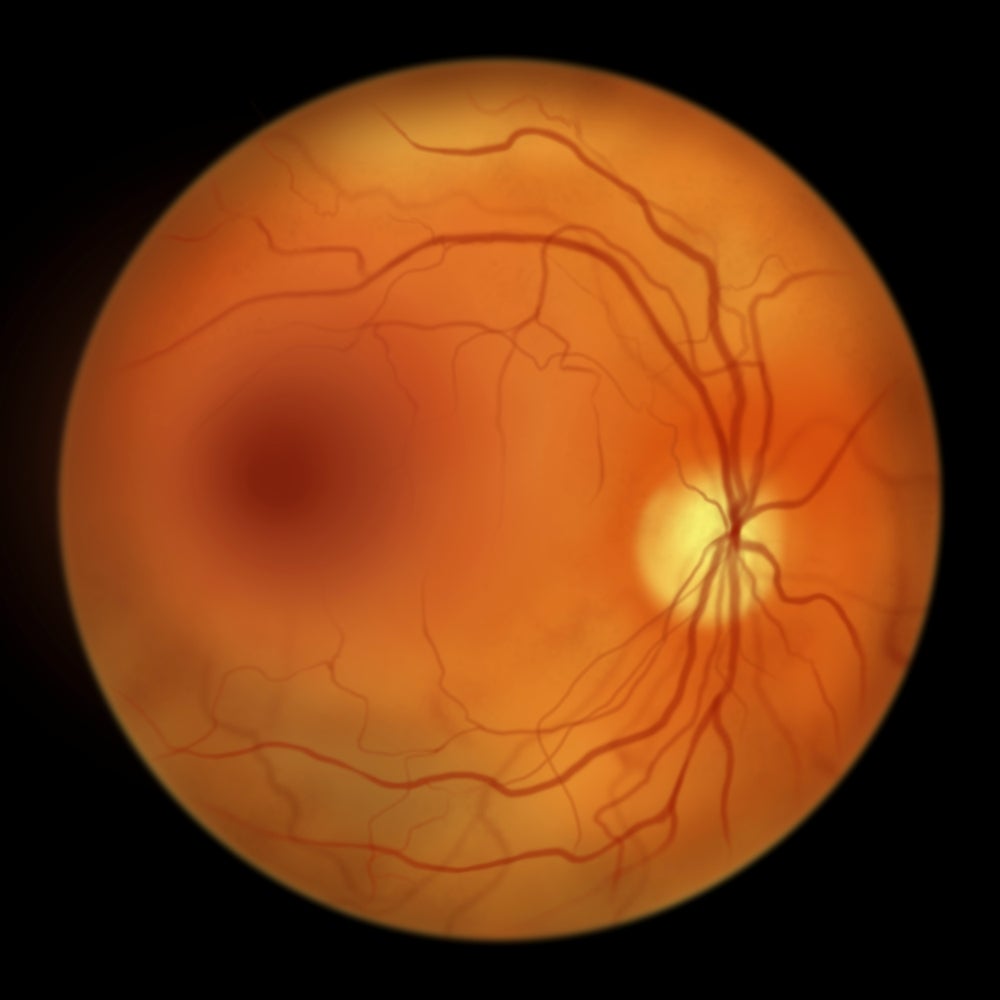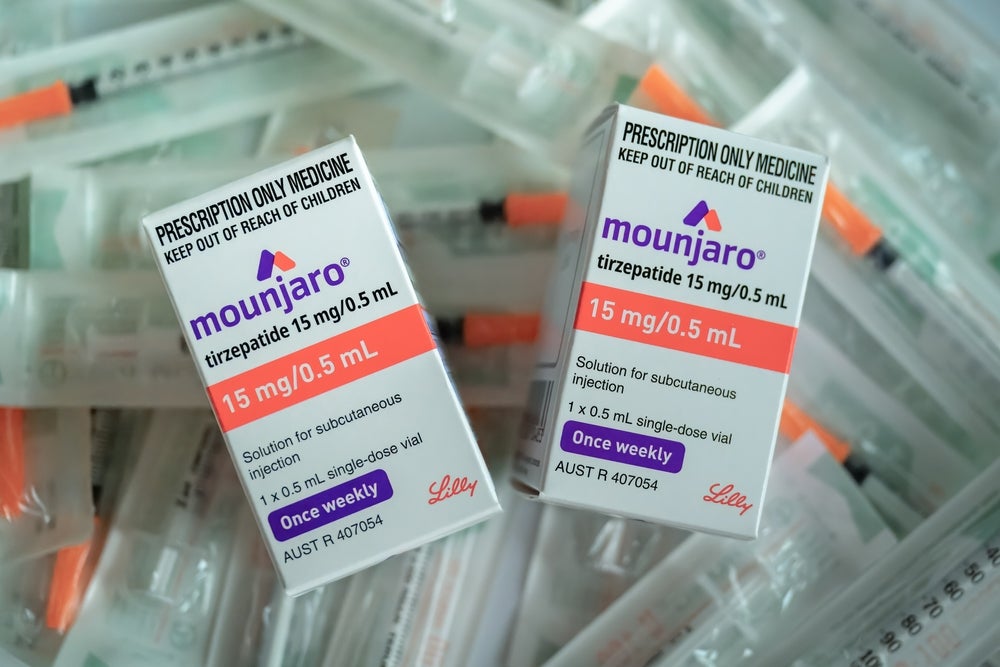On 20 October 2024, the International Osteoporosis Foundation (IOF) led global observances for World Osteoporosis Day, with a focus on the need for heightened awareness and prevention of osteoporosis. This year's campaign, “Say no to fragile bones,” focused on proactive measures to prevent the condition and reduce the severe impact of fractures, which disproportionately affect the ageing population.
Osteoporosis is a major public health issue: the prevailing metabolic bone disorder globally and the primary cause of fragility fractures. It manifests as a systemic skeletal condition characterised by reduced bone mass, deterioration of bone structure and increasing susceptibility to fractures, particularly in the spine, hip, distal forearm and proximal humerus. These fractures significantly contribute to morbidity, often requiring prolonged recovery periods and full-time care for many patients. Despite its impact, osteoporosis can be overlooked as the disease often presents itself only after a fracture. As such, osteoporosis is deemed a “silent disease”.
World Osteoporosis Day 2024 was characterised by a robust schedule of events and campaigns aimed at both the public and healthcare professionals. Central to this year’s efforts is the IOF’s “5 steps to bone health” campaign, which provides a clear and actionable plan for preventing osteoporosis. The five steps emphasise regular weight-bearing and muscle-strengthening exercises, a nutrient-rich diet (focusing on calcium, vitamin D and protein), avoiding harmful lifestyle habits such as smoking and excessive alcohol consumption, understanding personal risk factors, and seeking medical advice for bone health assessments and treatments. However, while these recommendations are helpful, experts agree that there is a significant treatment gap between what should be done to manage osteoporosis and the reality of current clinical practice.
There is a need to manage bone health proactively
According to key opinion leaders (KOLs) interviewed by GlobalData, this gap is particularly concerning. One European KOL remarked: “We are currently doing very badly, with few patients having osteoporosis that actually receive treatment. There is a tremendous gap between what should be done and what is currently done.” This highlights a systemic failure in both diagnosis and treatment, with many osteoporosis patients being left without adequate care. The problem is especially evident in post-fracture care, where many patients remain undiagnosed and untreated for underlying osteoporosis even after a fracture.
This gap poses a significant commercial opportunity for pharmaceutical companies and healthcare providers alike. The failure to properly diagnose and treat osteoporosis represents an unmet need that companies can address through innovations in patient education programmes. Increased investment in machine learning algorithms to optimise diagnostic tools may provide further support and is already underway via companies including Siemens Healthineers and ImageBiopsy Lab. Improving the effectiveness of these tools has the potential to close this gap and reduce the long-term burden on healthcare systems.
Another European KOL emphasised the need for more comprehensive strategies to reach broader populations, stating: “We need to have better ways of approaching large populations.” This insight points to a critical deficiency in current osteoporosis outreach and screening programmes. The current approach is often fragmented, leaving many at-risk individuals, particularly older adults and postmenopausal women, without the necessary resources to manage their bone health proactively.
Gaps in diagnosis, treatment and patient education
These insights emphasise the importance of initiatives such as the IOF's Global Patient Charter, which advocates for the widespread adoption of Fracture Liaison Services (FLS). FLS programmes aim to ensure that individuals who have suffered a fracture receive appropriate follow-up care, including bone health assessments, medication and lifestyle guidance to prevent future fractures. Expanding FLS programmes globally could significantly improve patient outcomes, yet they remain underutilised, particularly in regions where healthcare infrastructure is lacking or fragmented.
Despite the global focus on osteoporosis during this annual observance, the insights from KOLs reveal that much more work is needed to address the significant gaps in diagnosis, treatment and patient education. For pharmaceutical companies, healthcare providers and policymakers, this presents an opportunity to develop more comprehensive, accessible and effective approaches to managing osteoporosis on a global scale. The IOF’s campaign highlights the importance of collaborative efforts in treating osteoporosis, ensuring that patients receive appropriate care globally.
















